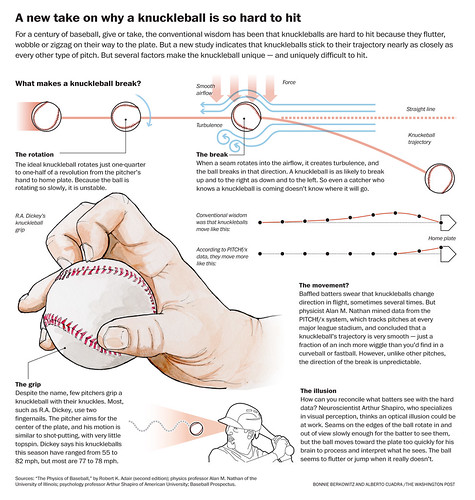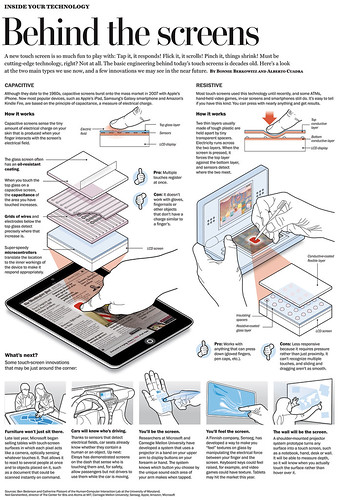War Horse, the Tony Award winner play based on Michael Morpurgo's novel was coming to the Kennedy Center on October 23 and the fact that the main character of the show was a life-size puppet created by the Handspring Puppet Company of South Africa, seemed like a great opportunity to create an explanatory infographic for our readers.
 |
| Final double page
Given the bizarre and unconventional appearance of the puppet, I decided to start working first on the cover illustration for the section so I could familiarize myself with the creature. I used ink pens of different widths for the outlines and then applied washes of watercolour.
|
 |
| Cover illustration |
 |
| Creation stages of cover Illustration |
The overal design of the infographic had the usual central theme which I planned to use as a visual guide to explain how then puppet was operated and as a map for a series of diagrams pointing to some crucial mechanical components of the horse. The graphic also would include two secondary components: a description of several configurations of the puppet and a timeline, discussing the evolution of several puppets created by Handspring that, ultimately, inspired the creation of Joey.
 |
| Production sketch |
The main component of the graphic was created on a 20 x 25 in rigid board with the same technique than the cover Illustration.
 |
| Main illustration |
At this point, I also decided to give the graphic certain appearance of age, by creating a background imitating a worn off fabric texture. The idea was originated by the fact that the War Horse puppet exterior is made of cane and cloth.
In order to keep a stylistic coherence acros the whole piece, I decided to go for a hand-drawn feel for the whole graphic.
 |
| Diagrams |
That was also the case for all the secondary illustrations.
 |
| Secondary Illustrations |
A high resolution copy of the infographic can be found here; an interactive version here and a photogallery detailing the creation process of the piece here.



























